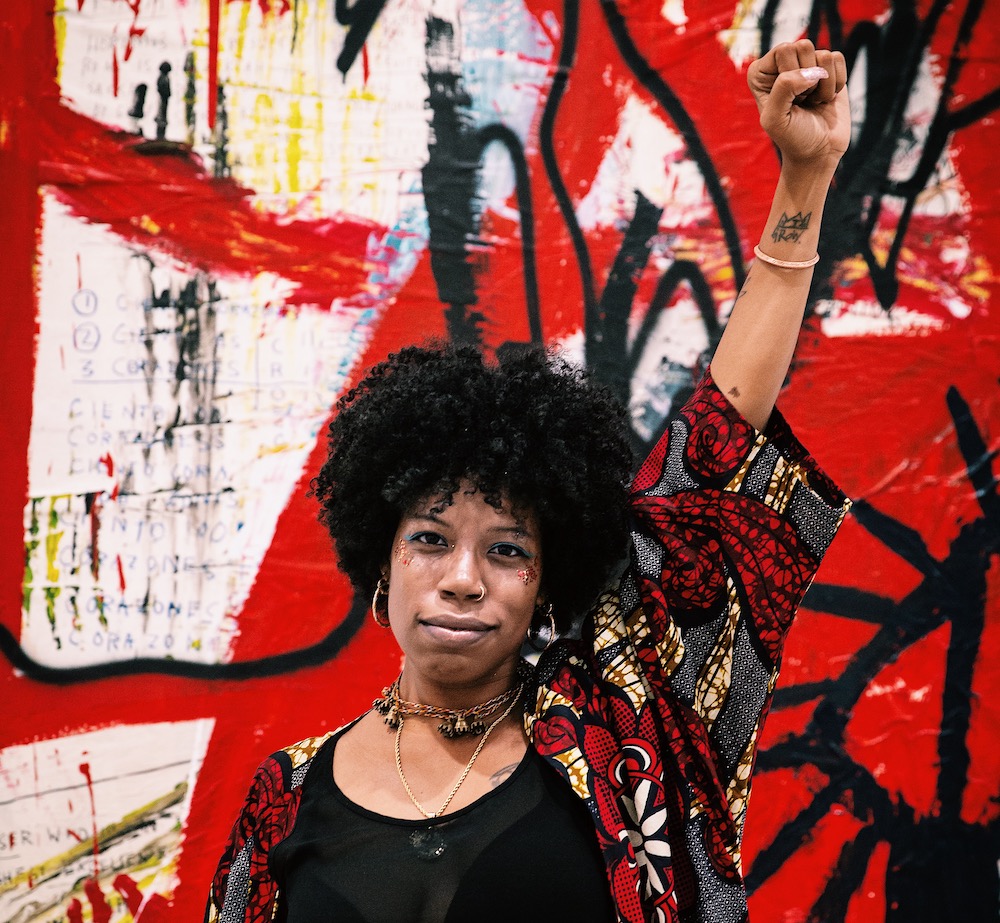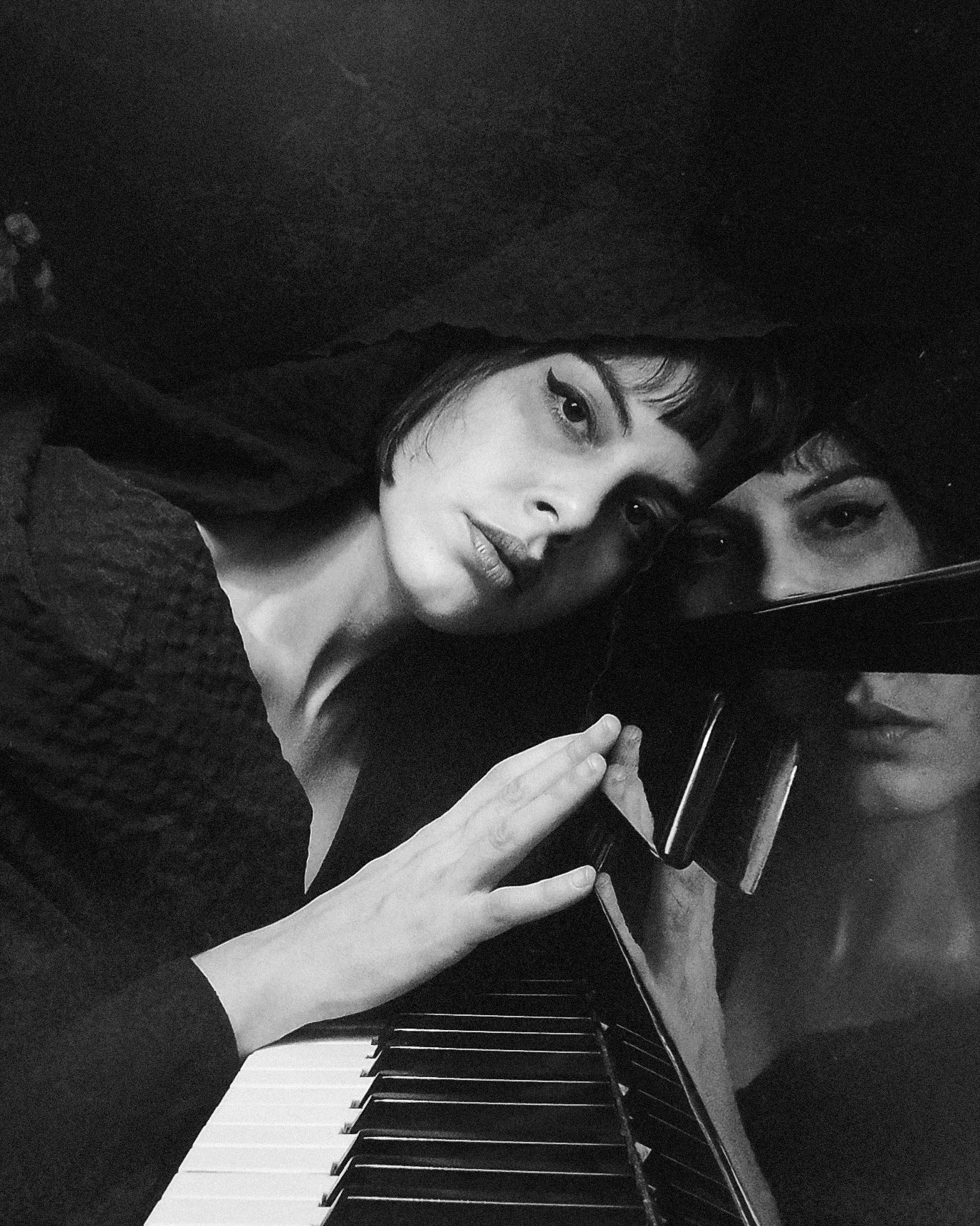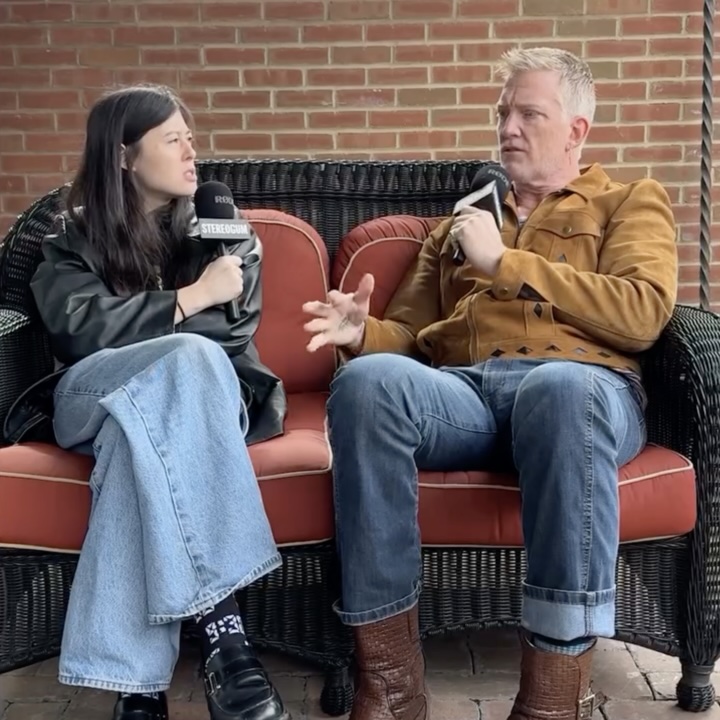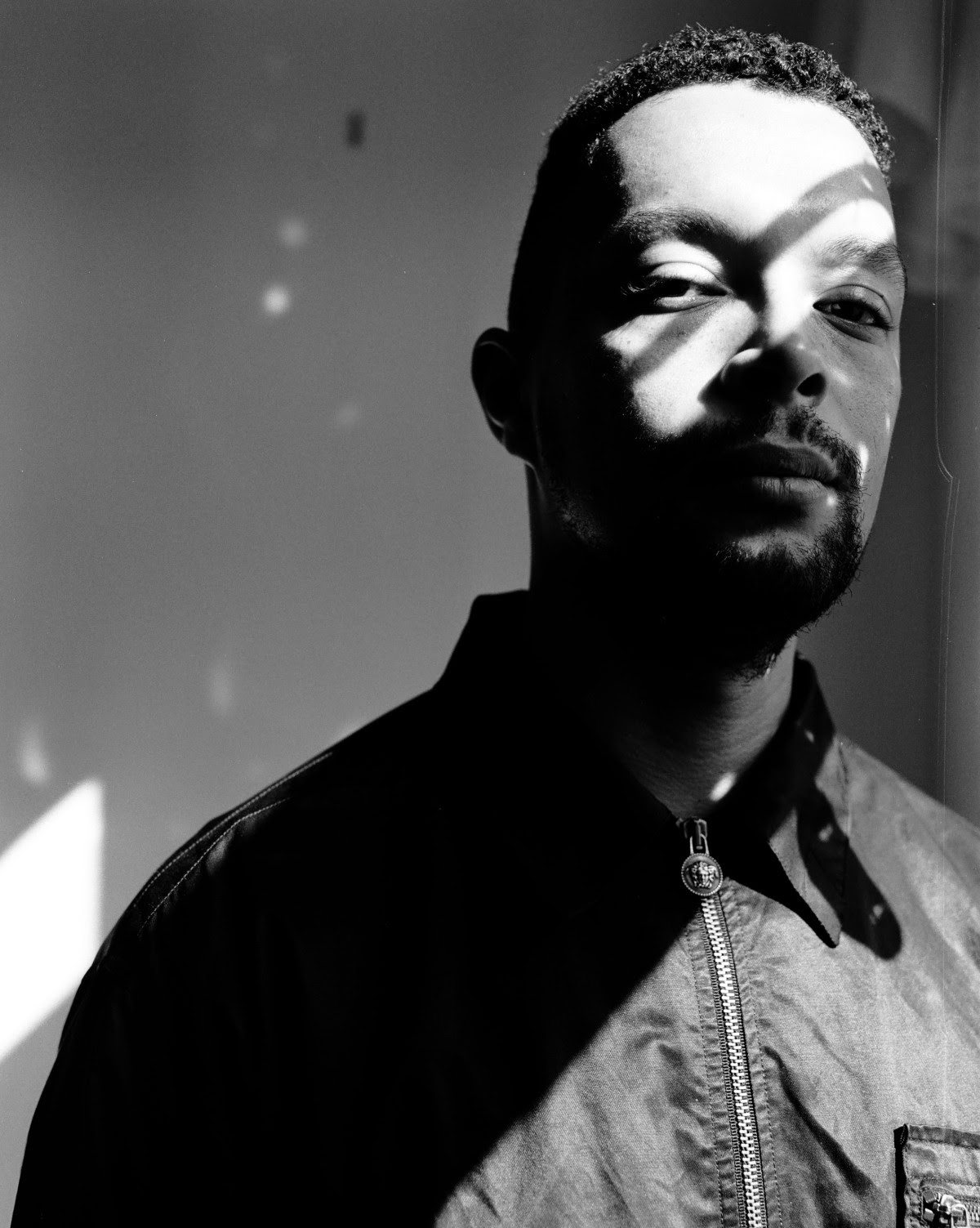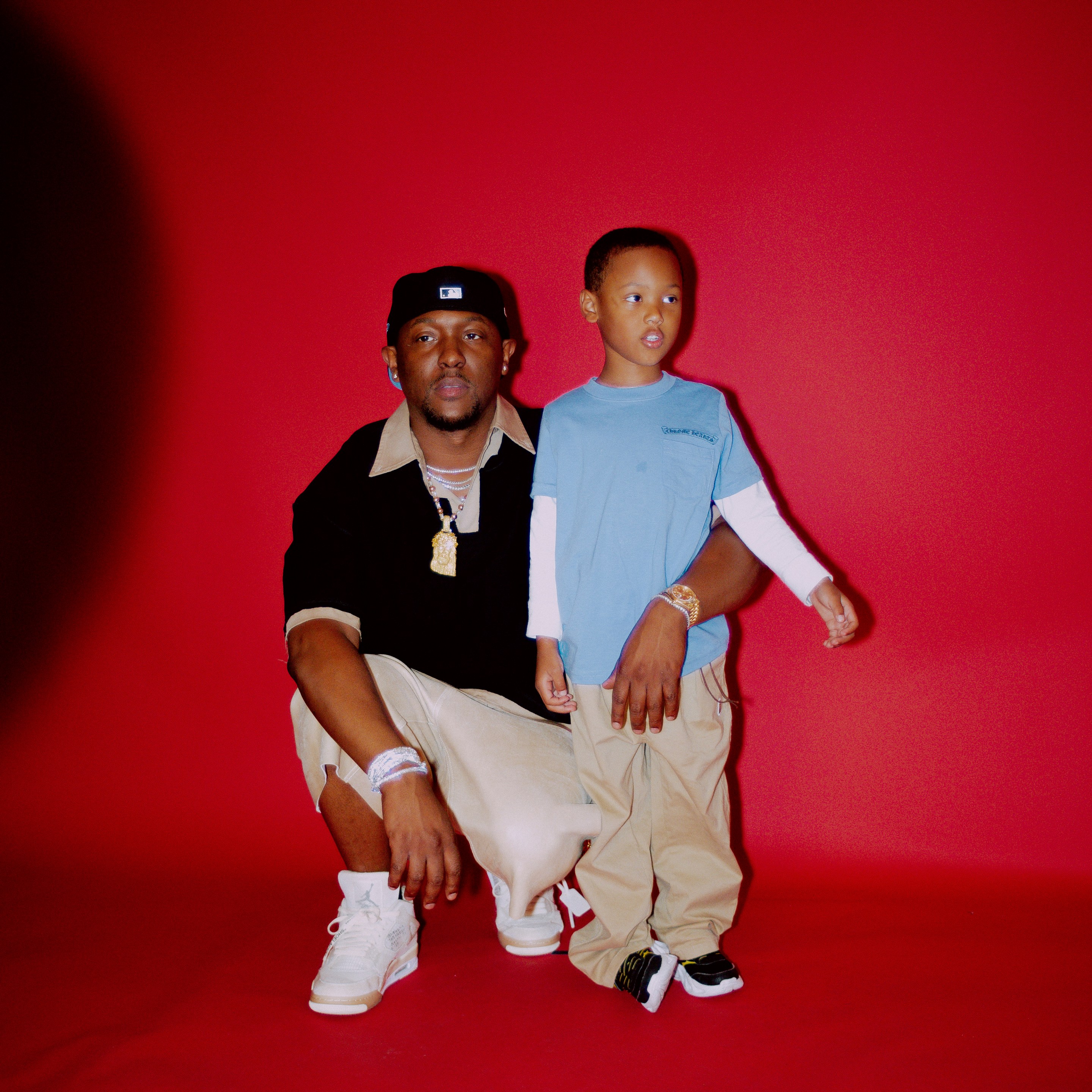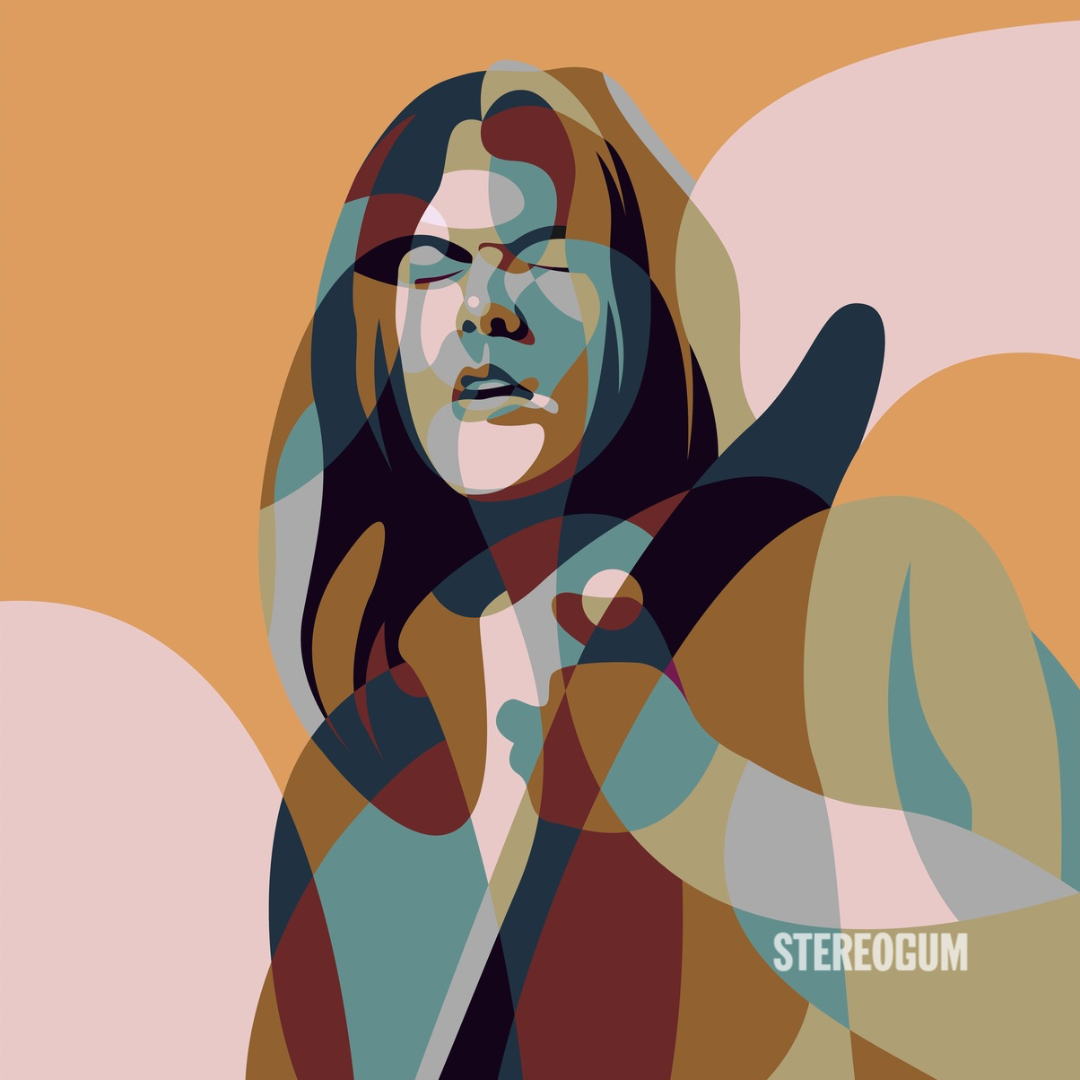Under The Influence is a new revival of a very old Stereogum franchise, in which we ask artists to talk about the inspirations behind their albums. From other music, to film, to novels, to stray notes left behind by friends, and who knows what else, this is what’s on people’s minds when they’re writing the songs we eventually come to know and love.
"I'm definitely Black 24 hours a day, that can't be denied," experimental multi-hyphenate Georgia Anne Muldrow boasted in a recent chat from her Los Angeles digs.
It’s now been a week and a half since the release of her new self-produced beat tape VWETO III, the third installment from her VWETO series. The album features a spectrum of Black sounds from deep Afrofuturism grooves to cosmic funk: Opener "Old Jack Swing" richly balances textured synths while atmospheric album highlight "Boom Bap Is My Homegirl" can easily set the vibe for any summertime freestyle battle. With rhapsodic beatscapes, the Grammy-nominated musician intentionally crafts with the African diaspora in mind.
"I've been programmed from an early age to love my African self," Muldrow explained. "There's no hesitation in expressing that my music is for Black people first. It's just wanting to create really fun spaces for my people because we deserve it."
When she has time away from the soundboard, Muldrow frequents local comic book hub Golden Apple Comics, where she revels in multidimensional odysseys written by Black authors. In a quasi-Reading Rainbow Zoom call, the musician dove into the influences behind VWETO III, from literary inspirations, to her childhood spiritual mentor Alice Coltrane (whose albums Ptah, The El Daoud, Transfiguration, and Universal Consciousness are among Muldrow's top picks), and the resurgence of compact cassette device HC-TT.
Alice Coltrane
That’s like my aunt -- it's complex, but she’s definitely a spiritual mentor. [The spiritual name] "Jyoti" has been unlocking so many things for me since she gave it to me. I went through so many different transformations of the mind through this name. Sometimes I fall asleep and I wake up and she's playing the organ. Sometimes in my dream, she’s sitting on the mat in front of me and we meditate. It never feels unnatural. I experience her now the same way I experienced her when she walked the planet.
She's an utterly natural, nurturing, understanding person and that's exactly the way she played her instruments. Her ear is able to bring it all into harmony and that’s the way her personality was, too. She wasn’t a judgmental person and for the time where I needed that the most from an elder figure, she provided that.
Ralph Ellison's Shadow & Act

When I really love a book, I take hella long to read it. I go on Thriftbooks and I look for books that are close to the original first edition. It’s like how people like to collect records -- I just love the design, the handmade graphics, and manual fonts. When you open up the book it just transports you to a different time.
Ralph Ellison is the writer who wrote Invisible Man. Shadow & Act is a collection of essays by Ralph Ellison and he's the kind of writer who merges poetry and prose when he needs to. When he absolutely must, he will go into a poem and it will take you somewhere you have never been. At the same time, because of its soulfulness, it will be familiar.
He’s one of my favorite writers of all time and this book is his early essays, him writing about being a musician. He even goes into electronics that emit signals. It's just really ahead of its time. You talk about Afrofuturism -- Ralph Ellison has everything to do with that.
Amos Tutuola's The Village Witch Doctor And Other Stories
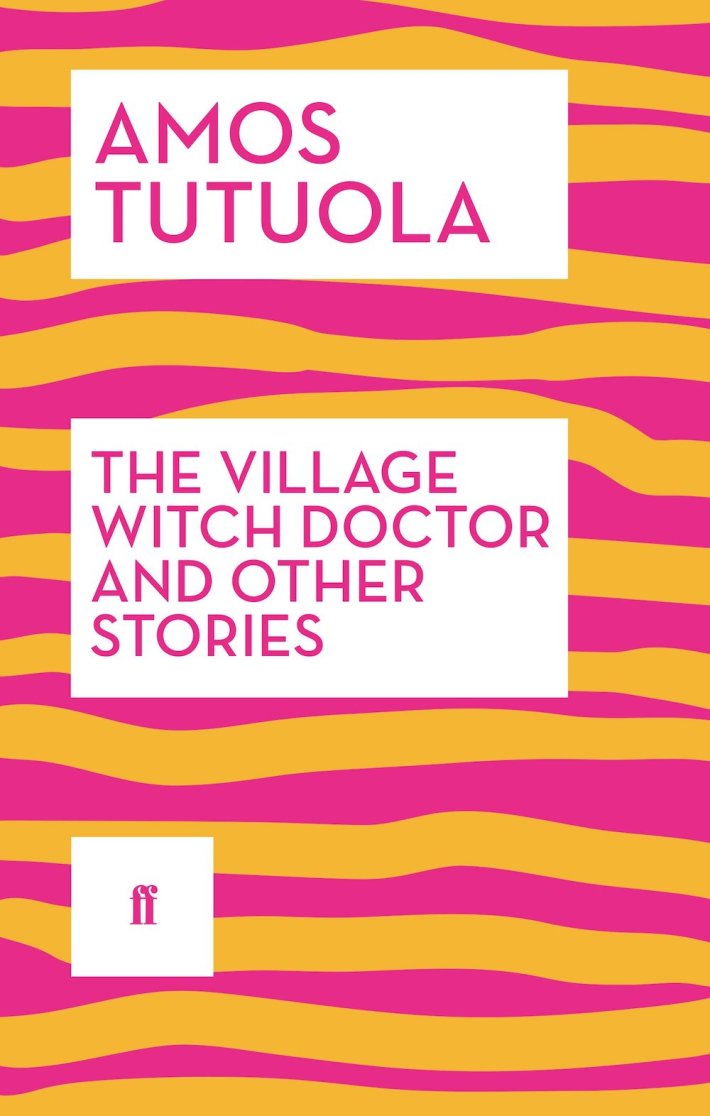
It’s really an easy read, it's small. These are straight-up Black folktales, animals talking and all that. The brother Amos Tutola is from Nigeria. He's a great storyteller and has taken the tradition and made his own folklore stories which is not easy to do -- it looks easier than it actually is. I'm way into folklore because it gives me a window into the culture of how people communicate and their imaginations.
J. Malakia James' The Funky Tube To Nubia
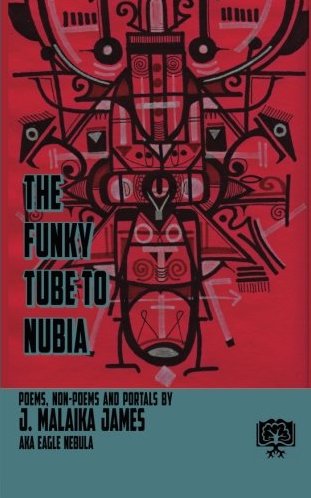
It’s a poetry book that my dear friend wrote. To absorb her poetry in times like these has been amazing. There's QR codes next to the poems and the links change over time, so this is definitely Afrofuturist work. She coined the name "Ghetto Sci-Fi" as Eagle Nebula and she was part of the Afrikan Space Program.
Tom Schnabel's Rhythm Planet

On the back it shows a list of people -- Celia Cruz, Fela Kuti, Bob Marley, Sun Ra, Tom Waits. The level of diversity is here in this book. I was a teenager when I checked this book out, when you couldn't access music right away. It had to be a really fancy website to hear music at that time. I had guidance from ethnomusicologists so I hear different rhythms, and this book has something to do with me having so many different sounds. This book was a literal gateway for that.
Maryse Condé's Segu
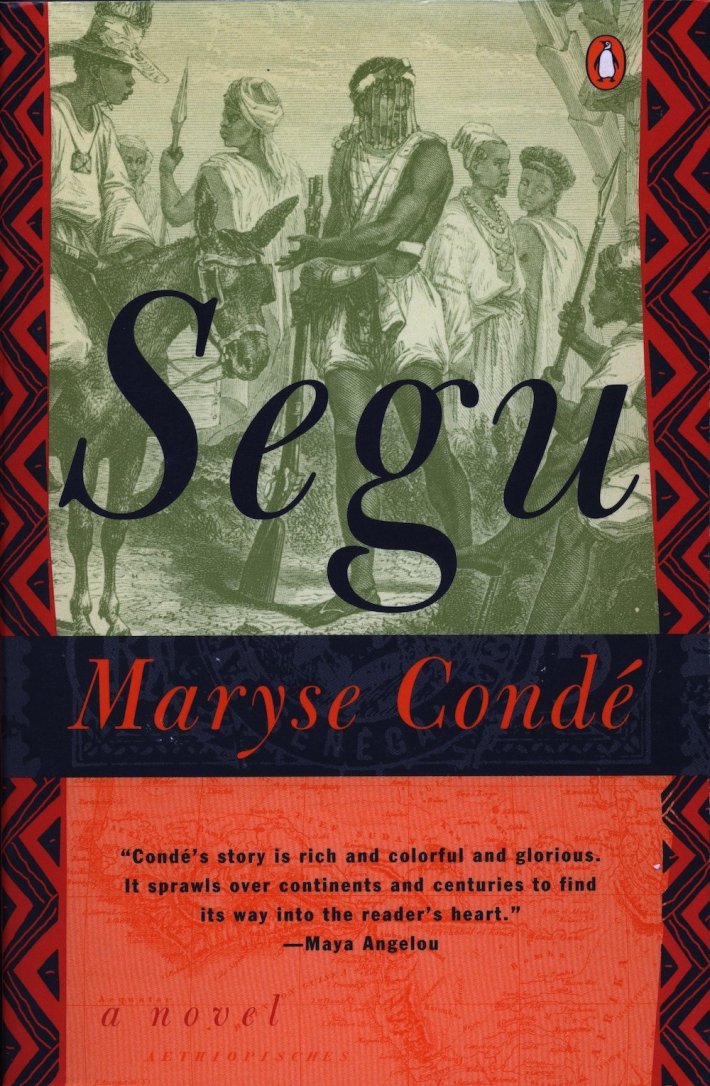
Maryse Condé is a historical fiction writer. I love it because this story begins with a map of West Africa and ancient boundaries and borders of tribes. As a Black person from the North American part of the diaspora, this book and The Beautyful Ones Are Not Yet Born by Ayi Kwei Armah blew back my mind to corruption and the things that happen to the human condition not necessarily because white people were around.
This thing is like when the first white person appears on the shore, but Condé is talking about all these things that were long coming in place -- the kind of thing that set up for a collapse, the kind of things that set up for problems among the people.
American Negro Short Stories, Edited By John Henrik Clarke
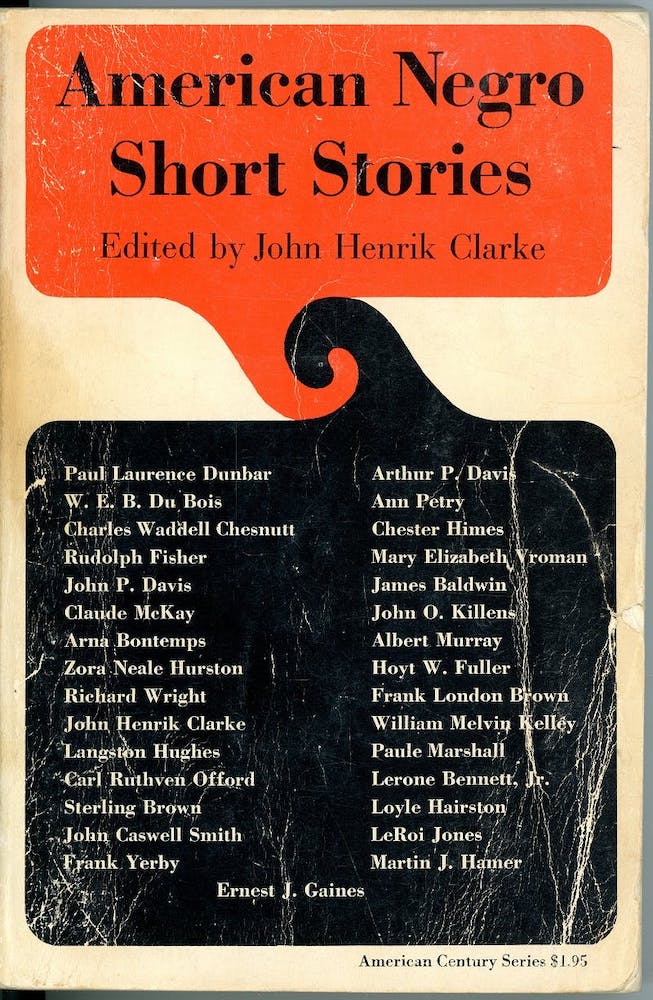
You’ve got people like LeRoi Jones before he became Amiri Baraka, W.E.B. Du Bois, Paul Lawrence Dunbar -- you've got some real heavy-hitters here. The reason why I love this so much is because it's edited by John Henrik Clarke, my favorite historian of all time. I love him. I highly suggest you check him out on YouTube. He's way into sharing the history of this planet orally, so it makes for YouTube being a great entry into his writing. He's an elder passing the story of this planet to you and his scholarship’s unmatched because he knew it by heart.
Toni Morrison's Playing In The Dark
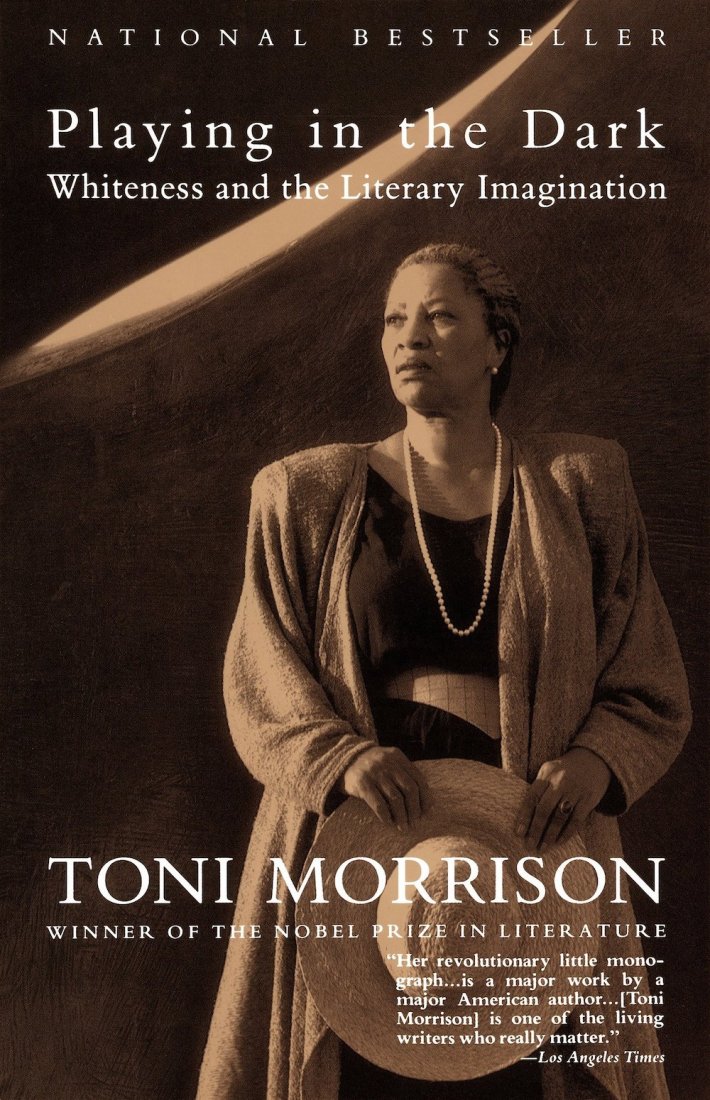
It took me less time to read Song Of Solomon than it did reading this book because it's so profound. I’m a soulful reader, so if something really hits a bar, I close the book and I go outside and just think -- I have to process this.
What she’s proposing is this ominous dark cloud that looms, that the art of foreshadowing alludes to the fear of Black uprisings. In the white literary imagination is this fear of Black self-acceptance, fear of Black autonomy. It’s a short read for some, but I think that it’s quite an enlightening read.
Heavenly Blues
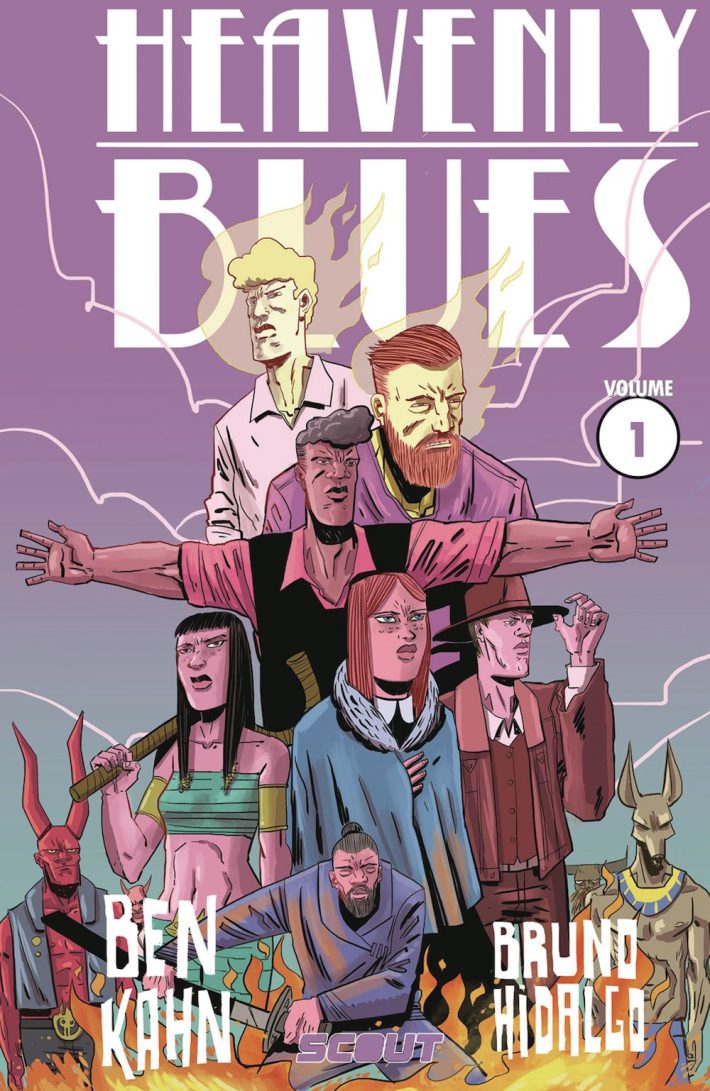
It's around a few different characters, they're in purgatory. They weren't all that bad but they weren't all that good. They're trying to scam their way to heaven. There's this part where they reach a certain part of the astral plane and they meet the Egyptian Kemetic people. They literally tell them "We host heaven and hell for y'all. We live outside of that, but we host it for y'all because y’all need that." I just thought that it was genius that the African ancestral lands were like the GoDaddy for heaven and hell.
MCMLXXV

I’m definitely an indie comic fan. Everybody loves Marvel, of course, but the telling of Black stories always intrigues me most. Never more than before, we’re seeing problems with the archetype of the "strong Black woman." That’s not what we are all the time. Black women are everything. With that being said, this is baby girl with the cosmic tire iron. She’s a cab driver, she’s from another planet. She was stolen from Earth to do the bidding of the galactic warlords and she vanquished leagues of creatures. She’s literally a badass. The girl ain’t come to play games with nobody.
Bitter Root

This is a comic book series that Regina King just picked up for television. This is steampunk aesthetics set during the Harlem Renaissance era, but it’s called "ethno-gothic" and it’s awesome. The deal is, at the end of everything there’s a teaching moment -- it turns into an amazing scholarly study. Even though I like goofy, fanmail comic book sections, how refreshing is it to have something that expands your mind? For me as an artist, it’s a beautiful resource that you have access to at the cost of a comic book instead of a scholarly article that overcharges you.
Bronze Age Boogie
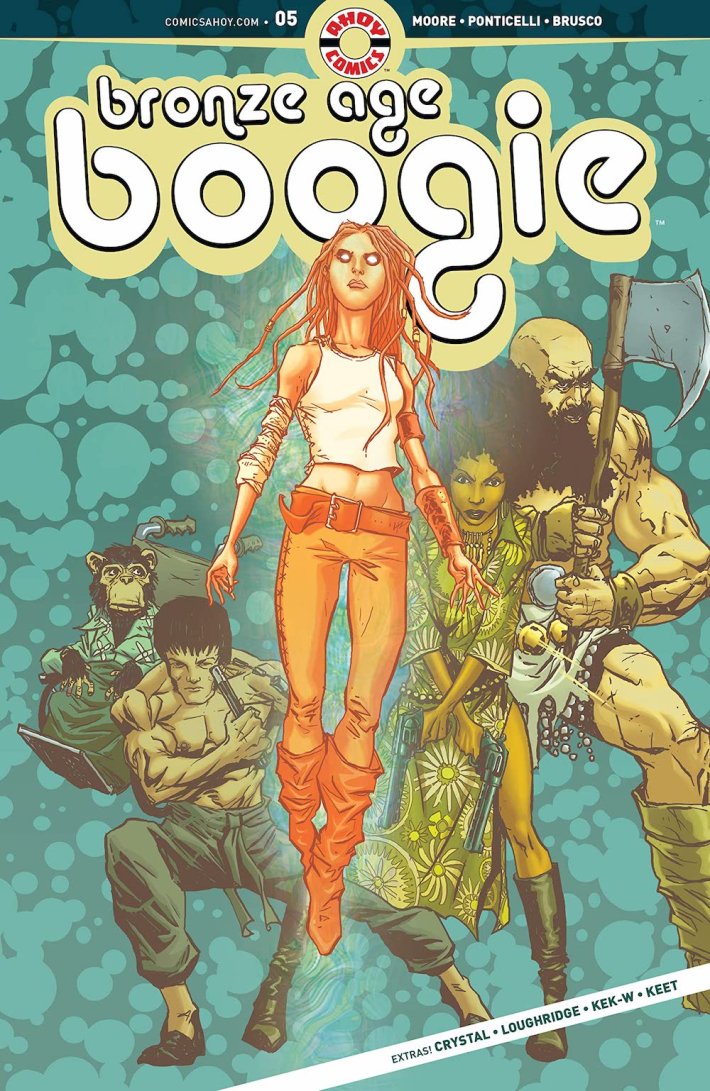
Ahoy Comics is so funny. They make their own fanmail. There’s mini comics inside of comics -- it’s like the Cracker Jacks of comics. Bronze Age Boogie is a multicultural joint where there’s three main characters. One’s a Bruce Lee-kind of person, one’s a Blaxploitation, guns out, "I'ma kick you while I shoot you" hero, and the other is this Celtic warrior princess and they’re all lost in a time loop while facing intergalactic foes.
Trust Fall
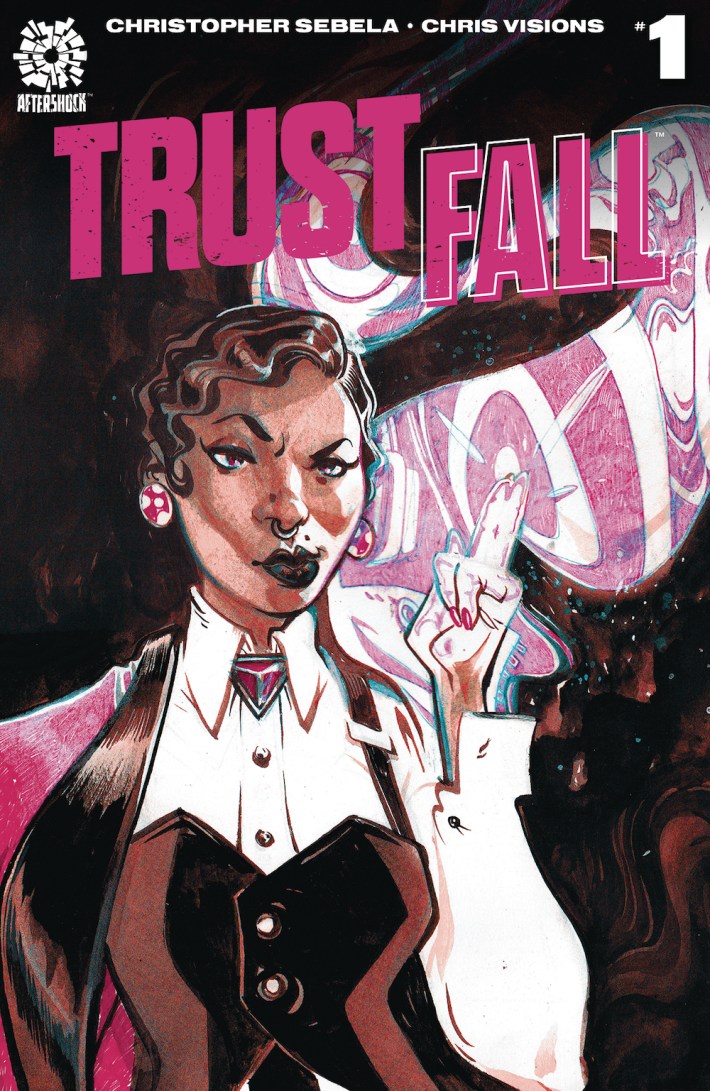
Here’s another one with a sista as the main character. I’m way into this, this is AfterShock Comics. It’s important to know that there’s so many comic companies and the people who are doing it are doing it because they love it. It’s not a part of an assembly line of a character profile that has to be maintained.
There’s a scene where [main character Ash Parsons] has a du-rag on. Something that small means a lot more than people realize -- this is us being normal. Her gift is that she can teleport any object but she can’t teleport herself. She’s part of a crime family. She transports safes, but she has to trust that her family will pick her up in a car. Because her power is so great and her family doesn’t want her to be corrupted by the outside world, she can’t watch TV and lives in utter isolation. I related to it so deeply, being able to transport myself though music because I wasn’t able to see the world.
Human Controlled Tape Transport
It was actually in my music video for "Mufaro’s Garden." All of these are points of contact where you can complete a circuit. There’s a cassette tape in there, but there’s no motor. There’s a plug but that’s for the amplifier, there’s a patch cable -- you can patch things in and out of there -- and there’s power.
So the deal is, you are the transporter of the tape. When you have it plugged up, especially when you have people talking, it starts to play the tape. It rolls backwards and forward, kind of like a turntable. This opened my mind to how I use my DJ interface and the philosophy of human-controlled timelapsing music. It gave me a whole new texture to work with in sound design.
VWETO III is out now on FORESEEN Entertainment/Muldrow’s own Epistrophik Peach Sound. Get it here.
